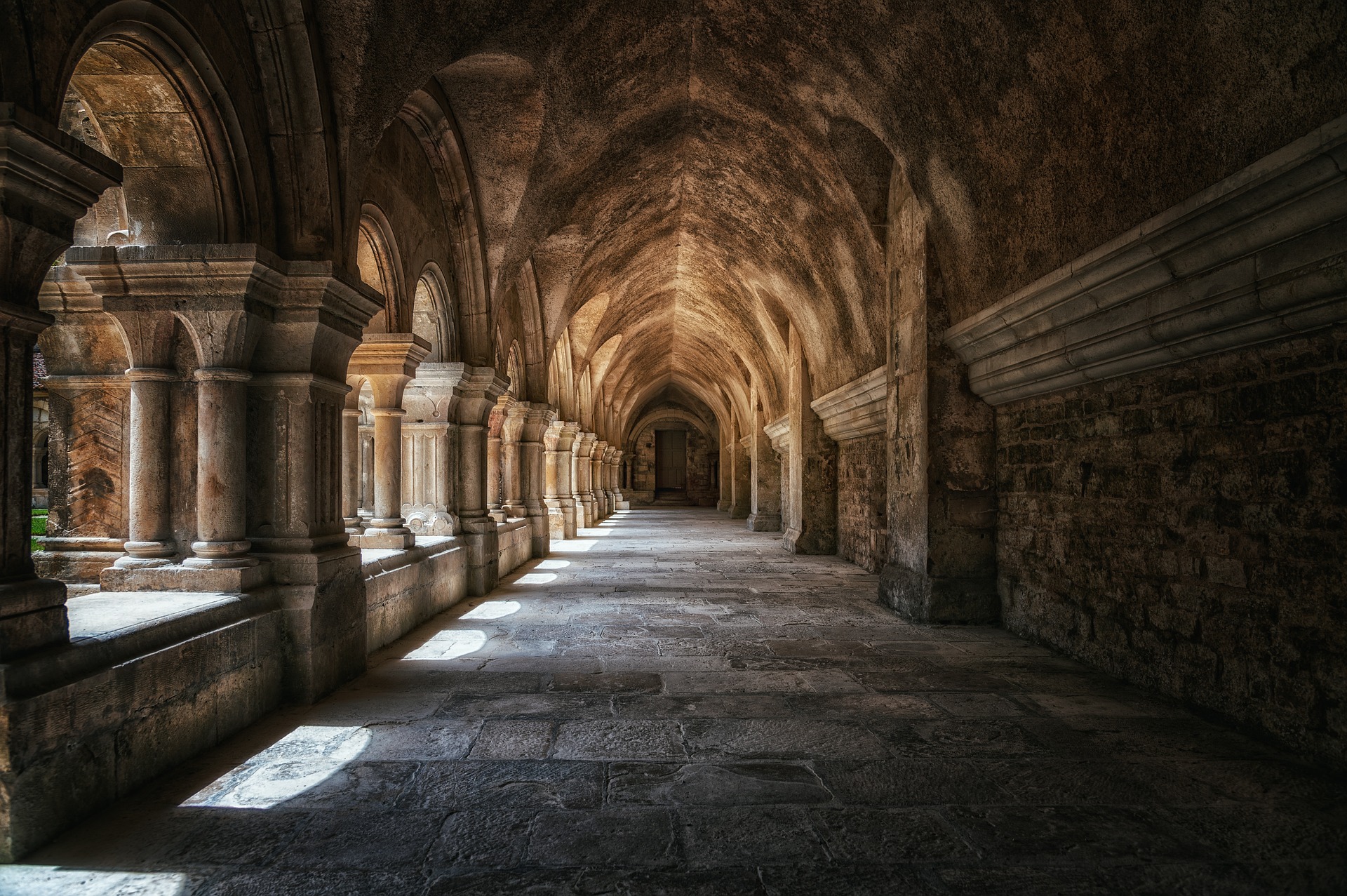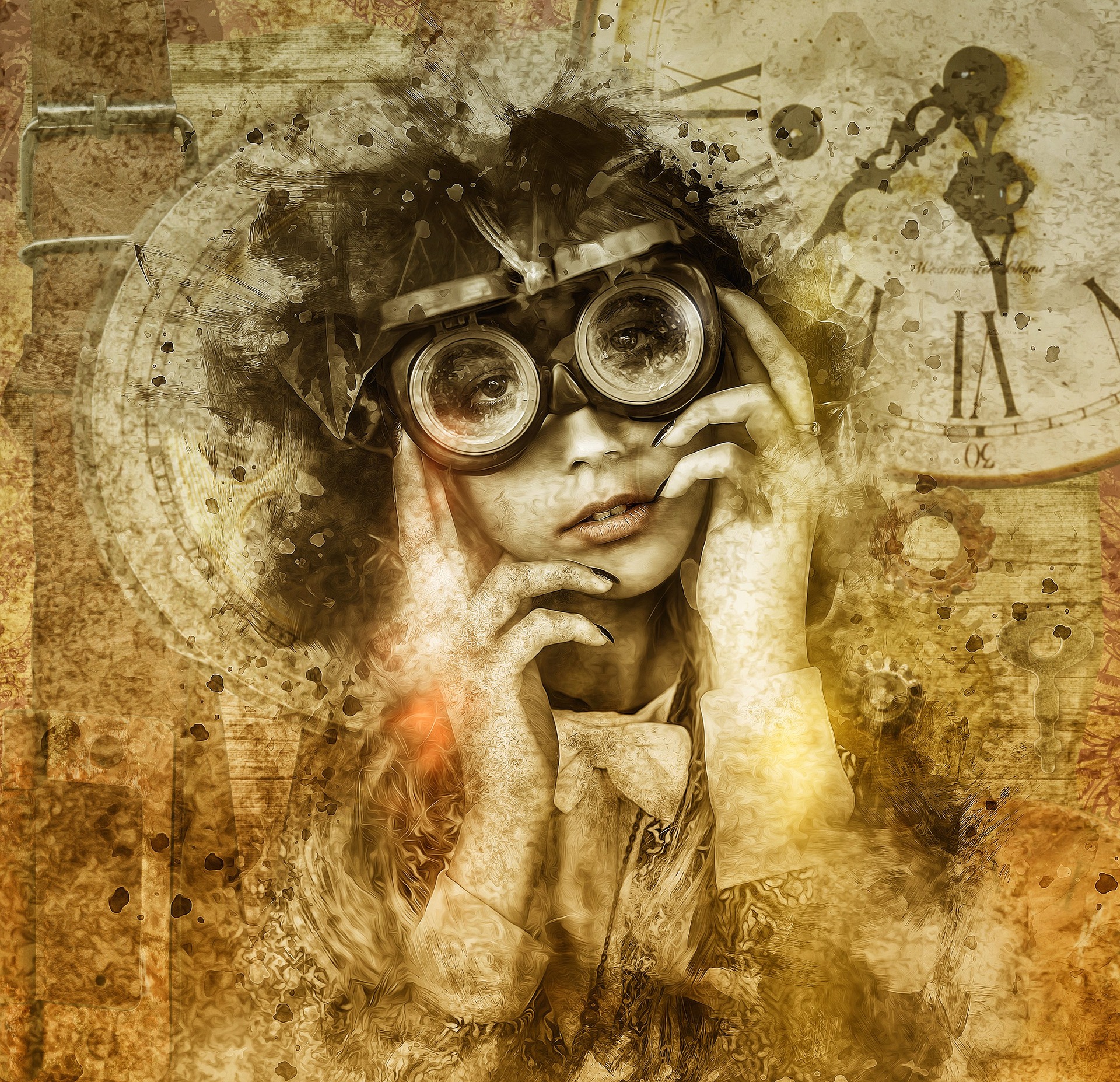Deep within the hallowed halls of a secluded library, hidden from prying eyes, lie the Forbidden Archives. A treasure trove of restricted historical documents, their contents shrouded in mystery and allure. For centuries, they have remained inaccessible to all but a select few. Yet, a daring historian named Dr. Amelia Carter has set her sights on these enigmatic treasures, determined to unlock their secrets and shed light on the forgotten chapters of human history.
Dr. Amelia Carter was renowned for her insatiable curiosity and relentless pursuit of knowledge. Her reputation as an intrepid scholar had earned her many accolades, but her true passion lay in unearthing the untold stories hidden within the annals of time. When rumors of the Forbidden Archives reached her ears, it was as if fate had called her name.
The Archives were said to be guarded by an ancient order sworn to protect their contents from falling into the wrong hands. To gain access, one had to embark on a perilous journey, solving riddles and deciphering cryptic clues. Many had tried and failed, their curiosity extinguished in the face of insurmountable obstacles. But Dr. Carter was not deterred. She believed that the truths within those sacred halls were worth any risk.
Armed with her extensive knowledge and an unyielding spirit, Dr. Carter set out on her quest. Her first challenge led her to a dilapidated monastery perched atop a treacherous mountain peak. The monastery’s walls whispered tales of forgotten wisdom, and its crumbling corridors echoed with the footsteps of countless seekers who had come before her. Dr. Carter could feel the weight of history pressing against her, urging her forward.
Within the monastery’s secret chamber, she discovered a parchment bearing a cryptic map, leading to the next step in her journey. It pointed to an ancient burial ground, long abandoned and consumed by nature’s embrace. The graves beckoned her with promises of untold secrets. As night fell, Dr. Carter navigated the overgrown paths, her lantern casting eerie shadows that danced among the tombstones. She meticulously followed the map, her heart pounding with anticipation.
At the heart of the burial ground, she unearthed a hidden entrance to a labyrinthine catacomb. Carved into the stone walls were symbols and inscriptions, an ancient language forgotten by time. Dr. Carter spent days deciphering the intricate code, piecing together a story of lost civilizations and fabled treasures. The labyrinth tested her patience and resolve, but she pressed on, her thirst for knowledge propelling her forward.
Emerging from the catacombs, Dr. Carter found herself standing before the towering gates of an abandoned castle, its majesty faded by the passage of centuries. A single keyhole adorned the rusted iron door, and she produced a small, ornate key she had acquired during her travels. As she turned the key, the gate creaked open, revealing a grand hall bathed in moonlight.
The castle’s halls were adorned with tapestries that depicted forgotten legends and historical events. Each tapestry held a clue to the location of the Forbidden Archives, but Dr. Carter had to unravel their hidden meanings. Guided by her intuition and the wisdom of the ages, she deciphered the tapestries one by one. With each revelation, she drew closer to her ultimate destination.
Finally, she stood before a massive oak door adorned with intricate carvings. The door was adorned with a single word etched in ancient script: “Revelation.” With trembling hands, Dr. Carter pushed open the door, and her eyes beheld a sight that left her breathless.
The Forbidden Archives sprawled before her, shelves lined with ancient tomes, scrolls, and manuscripts. The air was heavy with the scent of aged parchment and the weight of forgotten knowledge. Dr. Carter stepped forward, her heart pounding in her chest, as she realized the magnitude of what lay before her.
Each document within the Forbidden Archives held a story waiting to be told. They were the accounts of forgotten civilizations, lost technologies, and untold secrets of the past. Dr. Carter knew that unlocking their mysteries would be no easy task, but she was prepared to dedicate her life to this pursuit.
Days turned into weeks as Dr. Carter immersed herself in the forbidden knowledge. She meticulously studied each document, translating ancient languages, and piecing together fragmented histories. The more she delved into the archives, the more she realized the profound impact these revelations could have on our understanding of the world.
One particular document caught her attention—an encrypted journal penned by a brilliant scientist of the Renaissance era. Its pages contained a formula for a revolutionary invention, a machine that could harness the power of electricity. Dr. Carter was astounded by the implications. If she could decipher the journal and reconstruct the device, it could reshape the course of human history.
Driven by her determination, Dr. Carter sought the assistance of fellow experts in various fields—historians, linguists, engineers, and physicists. Together, they worked tirelessly, unraveling the complex code and reverse-engineering the intricate design. Weeks turned into months, but they refused to give up.
Finally, after countless setbacks and sleepless nights, the team succeeded. The machine hummed to life, crackling with electric energy. Dr. Carter stood in awe as the room was illuminated by the device’s glow. It was a testament to the power of forbidden knowledge and the extraordinary achievements that could be unlocked when the secrets of the past were brought to light.
News of Dr. Carter’s breakthrough spread like wildfire throughout the academic community. Scholars and historians from around the world flocked to witness the marvel that had emerged from the Forbidden Archives. The machine became a symbol of human ingenuity and the thirst for knowledge that transcended boundaries.
But the revelations didn’t stop there. Within the depths of the Forbidden Archives, Dr. Carter unearthed maps leading to lost cities, ancient medical remedies, and forgotten artistic masterpieces. Each discovery brought her closer to rewriting the history books and challenging established narratives.
However, with great knowledge comes great responsibility. Dr. Carter grappled with the ethical implications of unveiling these secrets to the world. She understood that some knowledge, if misused, could have devastating consequences. The power of the Forbidden Archives demanded caution and discernment.
Ultimately, Dr. Carter chose to share her findings but with a measured approach. She collaborated with experts, organized symposiums, and published scholarly papers to ensure that the newfound knowledge was disseminated responsibly. She sought to ignite curiosity and inspire future generations to explore the uncharted territories of history while emphasizing the importance of ethical research.
The Forbidden Archives had been unlocked, but their secrets continued to unfold. Dr. Amelia Carter’s journey was far from over. With every document she deciphered, she realized that the true power of the archives lay not only in their contents but in the endless possibilities they represented. The Forbidden Archives were a reminder that history, like the human spirit, was meant to be explored, questioned, and forever seeking the truth.







